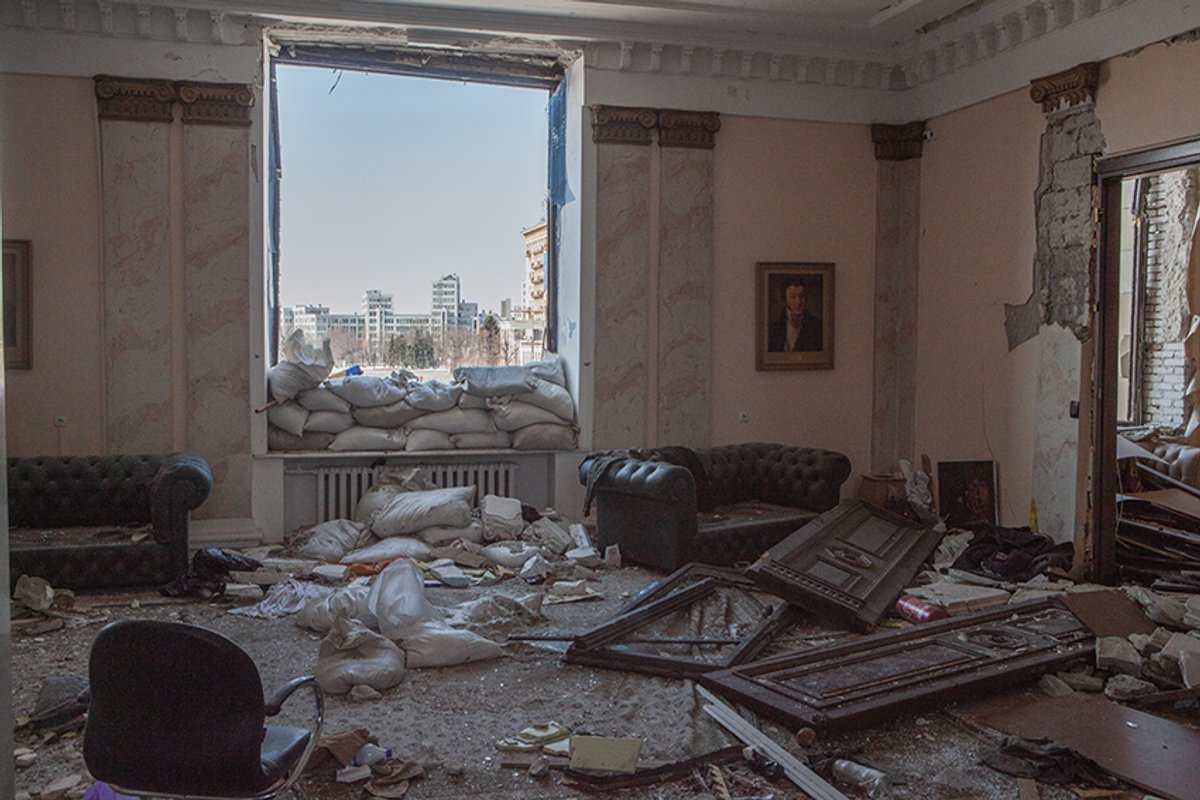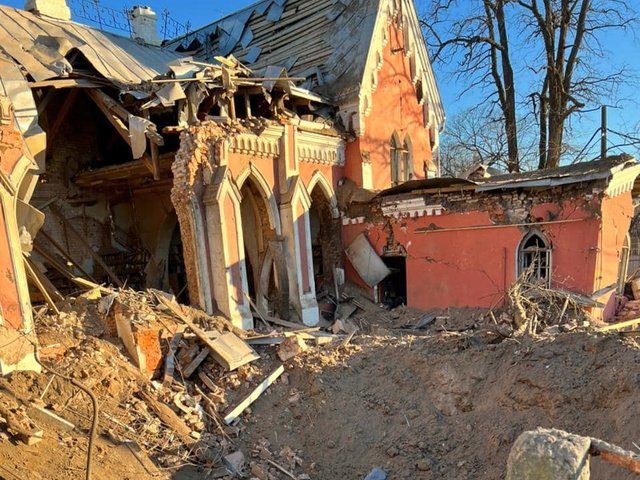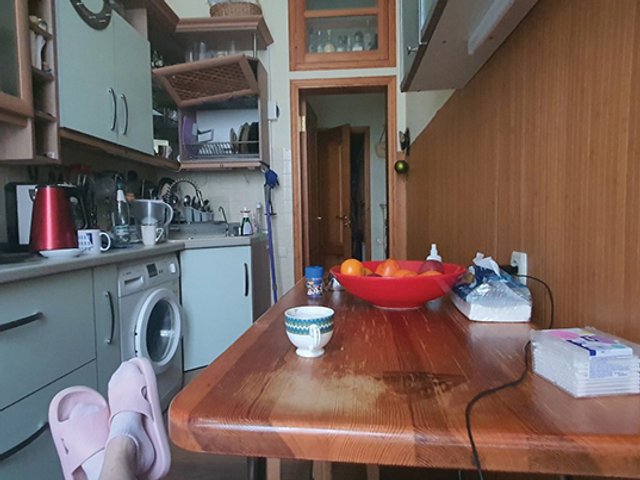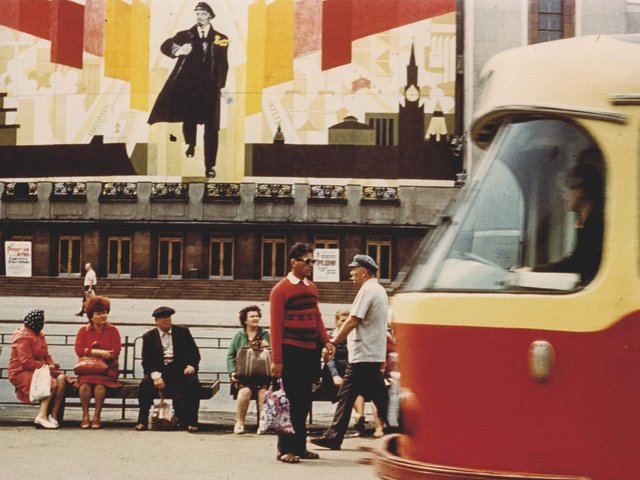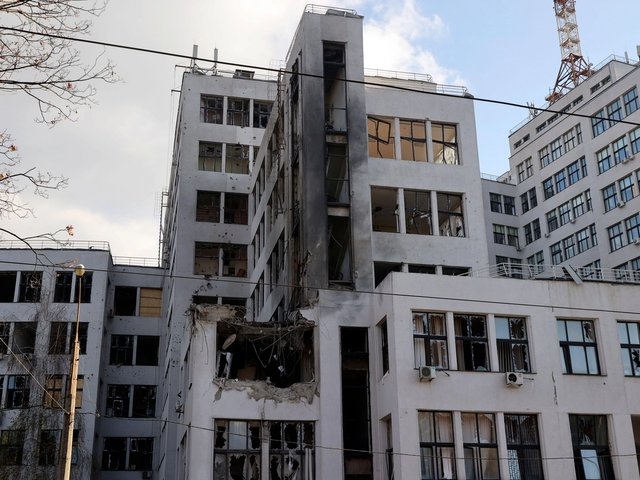Stanislav Ostrous is a well-known photographer from Kharkiv, in northeast Ukraine. Before the war, he was interested mainly in conceptual photography. Ostrous teaches photography at the Kharkiv State Academy of Culture.
After the beginning of the war, Kharkiv, situated just 27 km from the Russian border, became one of the first targets of the Russian attack. The second biggest city in Ukraine, with more than 1.4 million inhabitants, soon turned into a battlefield.
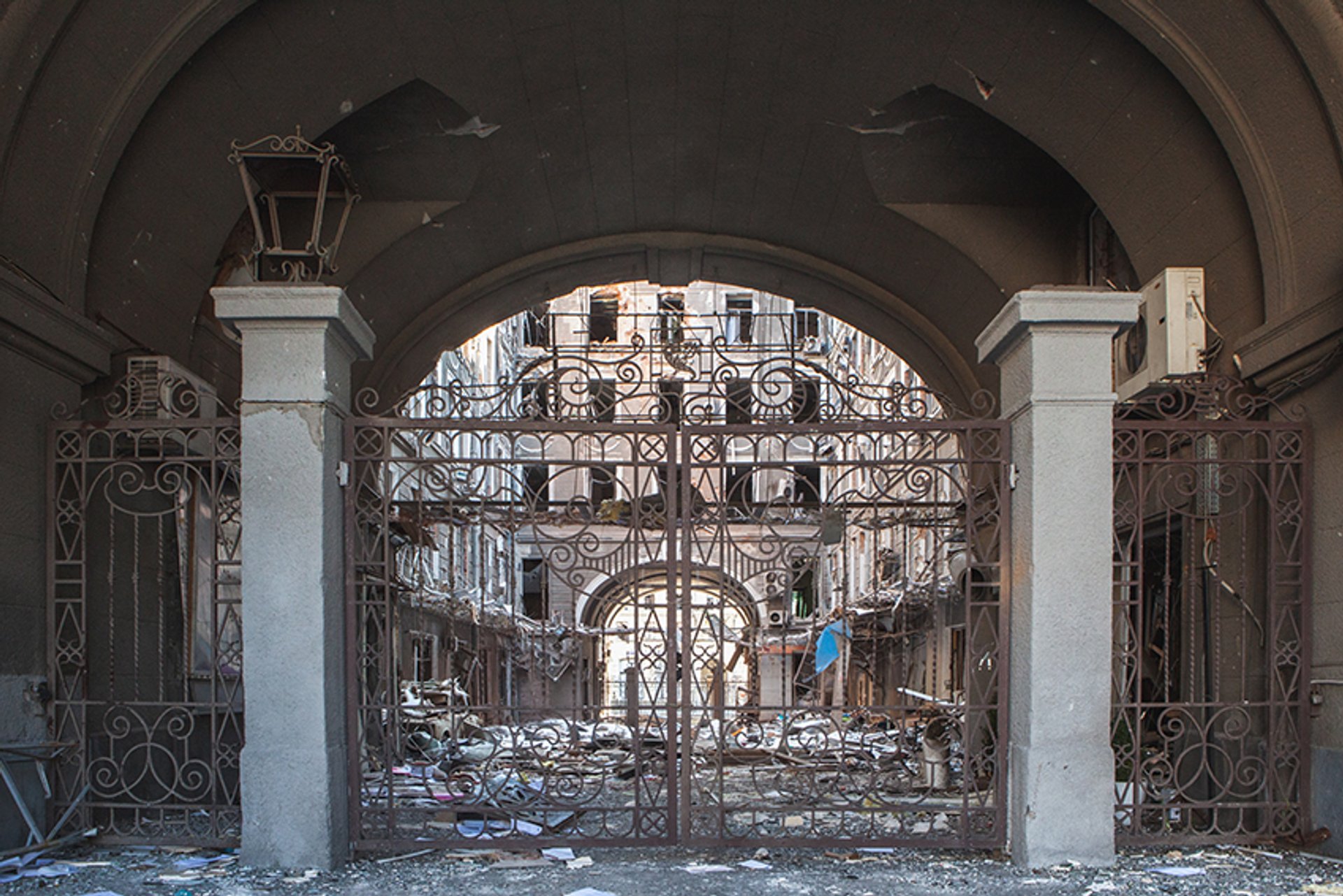
© Stanislav Ostrous
Russian troops tried to seize Kharkiv, constantly bombarding its outskirts, and by 10 March, bombs and rockets started to go off in the city centre. A large part of the population left the city.
Lectures in the academy stopped. Ostrous tried to locate his students, many of whom fled to the western part of Ukraine. Fortunately, all of them survived the dangerous trip. The bombardment of Kharkiv continued just as the fierce battles in the suburban areas. Soon, the city which the Russian army failed to take, was nicknamed the Ukrainian Stalingrad.
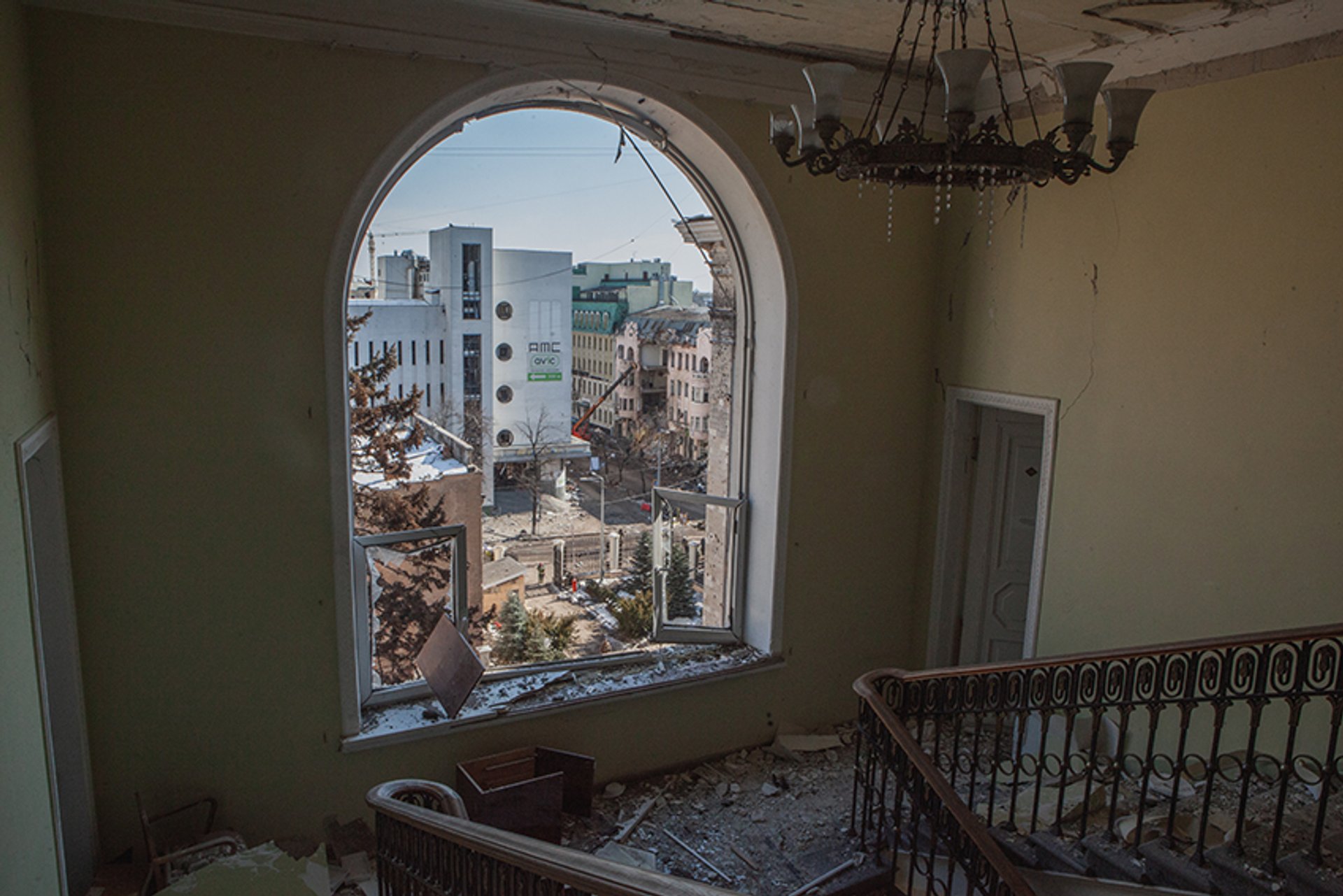
© Stanislav Ostrous
Kharkiv, a prosperous urban centre before the Bolshevik Revolution, became in 1919 the capital of the Ukrainian Soviet Socialist Republic and the showcase of Soviet modernity.
The gigantic buildings in constructivist style dwarfed Historicist and Art Nouveau houses constructed at the beginning of the 20th century. In 1934 the capital of Ukraine was moved to Kyiv, but Kharkiv saved the appearance of the grand city because of its architectural riches.
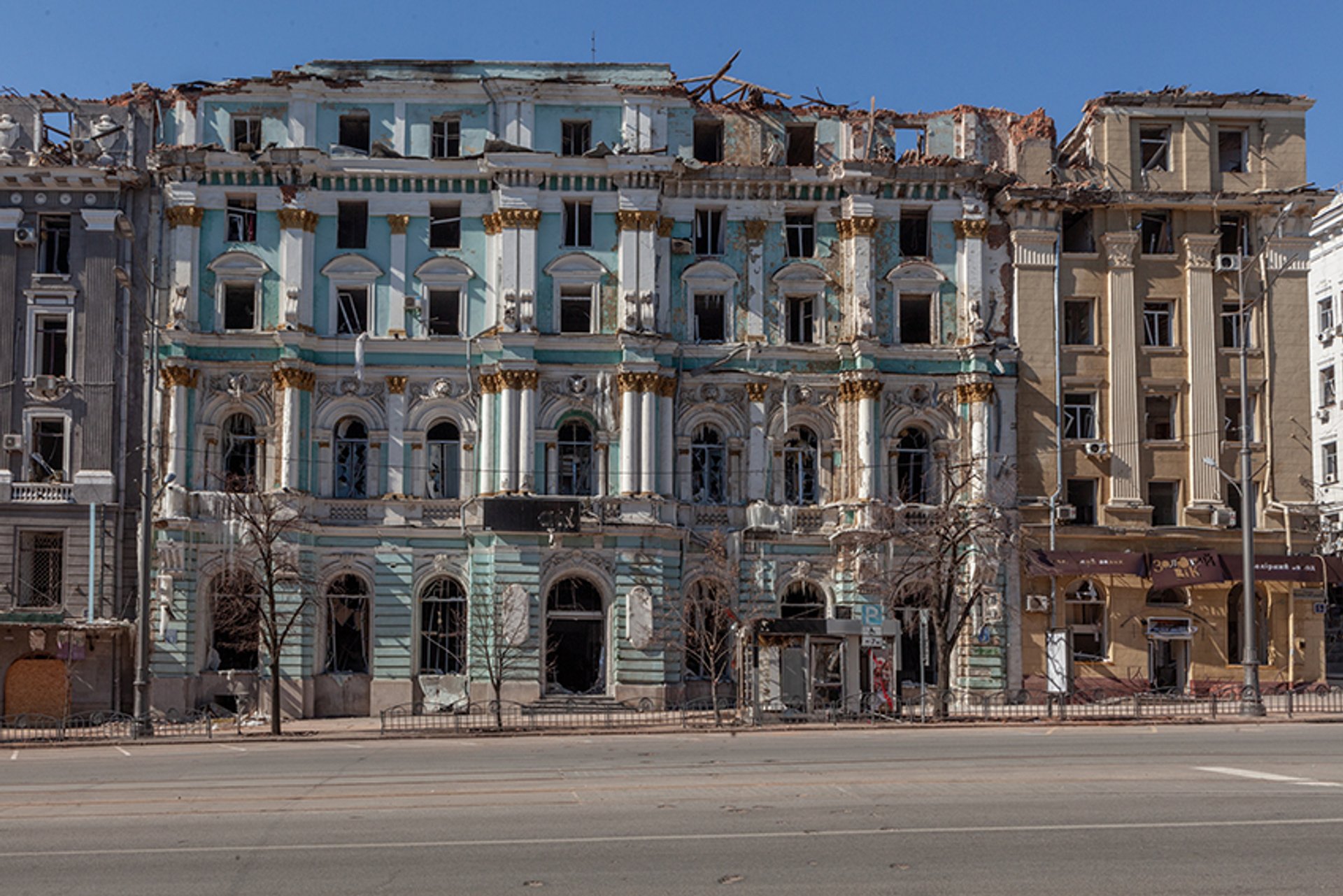
© Stanislav Ostrous
When Russian bombs started to ruin one architectural landmark after another in mid-March, Ostrous understood that he had to do something. The photographer often used the city's architectural backdrop for his earlier works; now, the houses he loved were destroyed in front of his eyes.
In the second half of March, when the bombardments of the city became a daily reality, he decided to document the destruction of Kharkiv's architecture. It was not an easy task. The attacks initially took place at night, but soon Russian forces started to bomb the city in broad daylight.
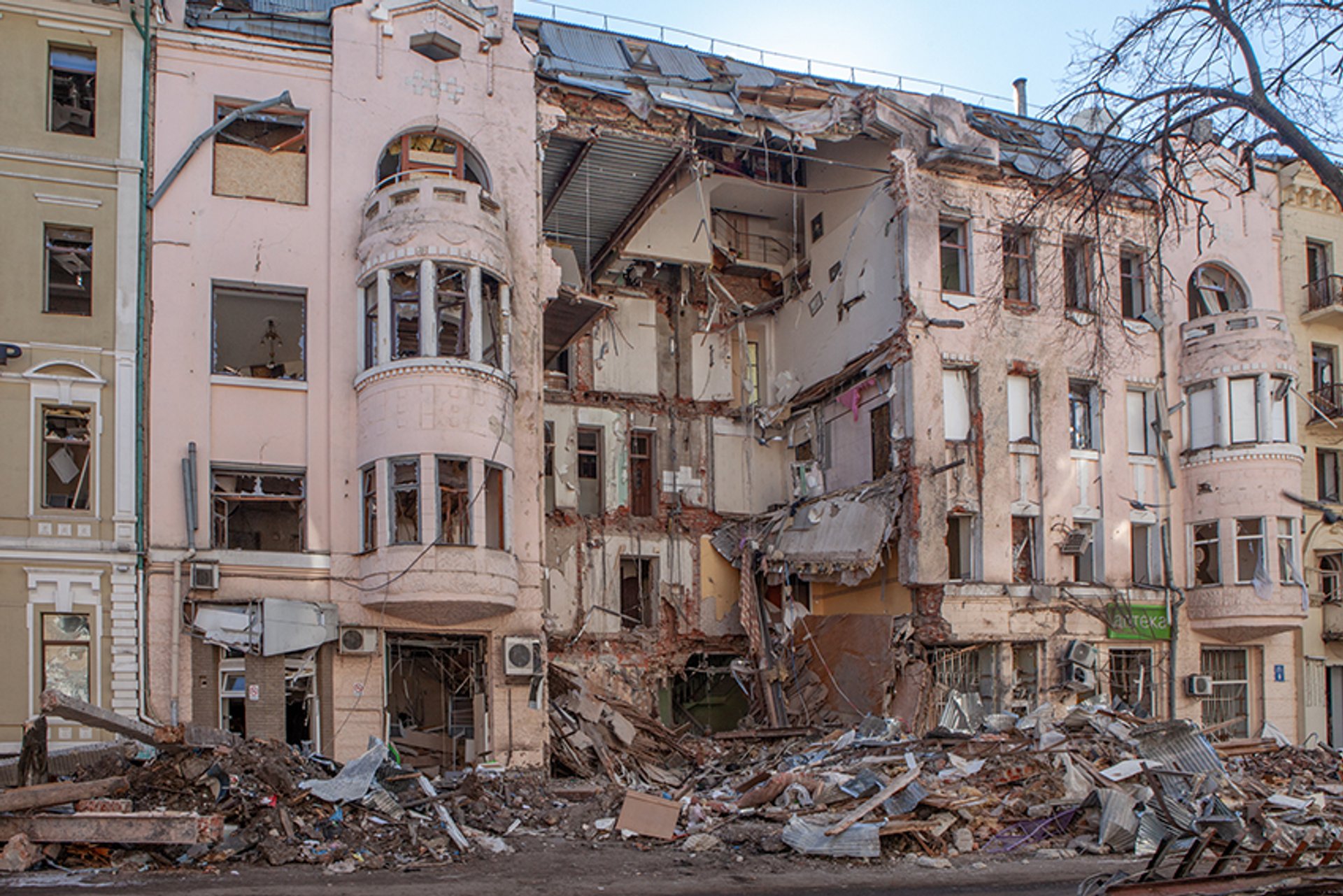
© Stanislav Ostrous
The photographer roamed the empty streets and entered the ruins of just destroyed buildings. However, whenever the sirens warned of an imminent attack, he had to drop what he was doing and find shelter.
Sometimes if he was lucky, this would be a makeshift bomb shelter in the cellar of a residential building, but often Ostrous was just hiding in the lobbies of houses that looked solid enough to protect from bombardment.
Recently, Ostrous finally managed to obtain a bulletproofed vest, giving some protection from the bomb splinters. He has no intention of leaving his native city and wants to continue the tragic photo-chronicle of its barbarous destruction.
Returning home after the dangerous expeditions to photograph the architecture under constant attack, Ostrous is busy teaching photography online to his students depressed about their war-torn country.


